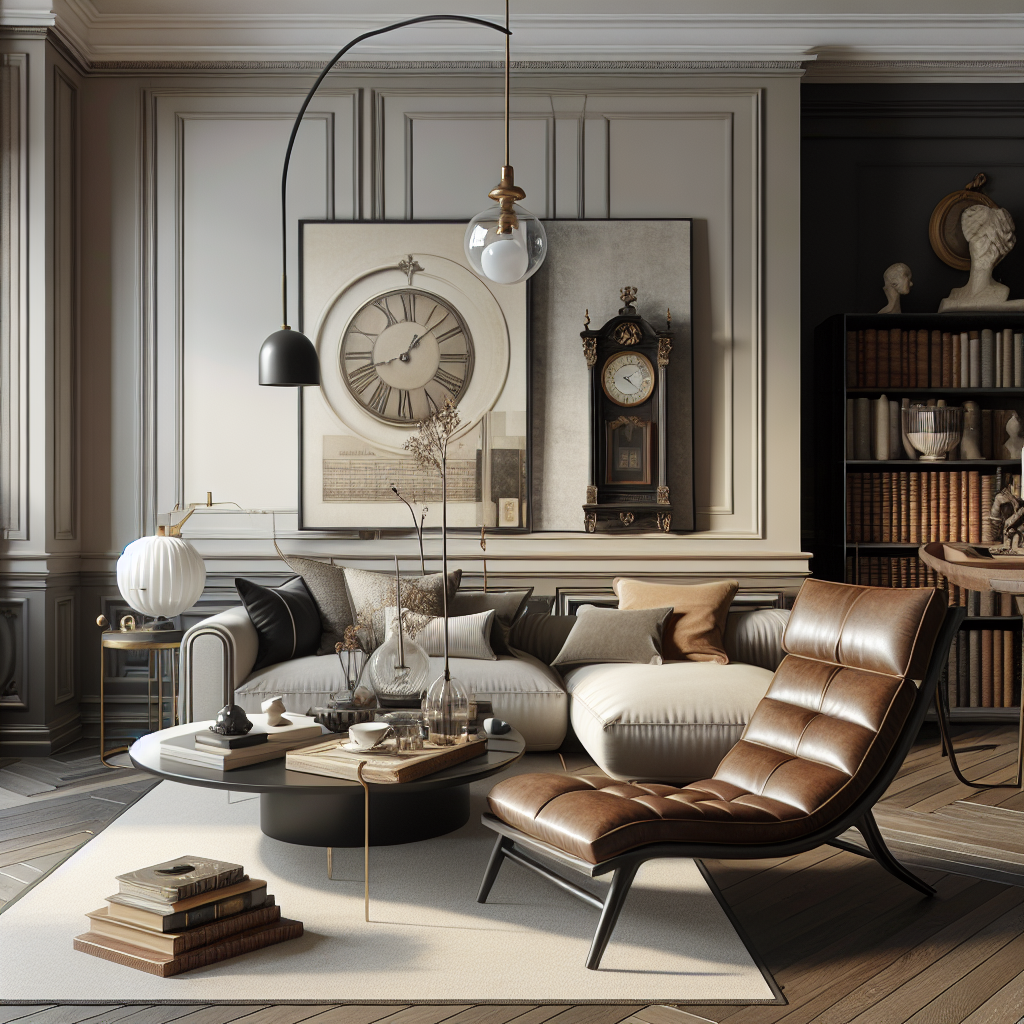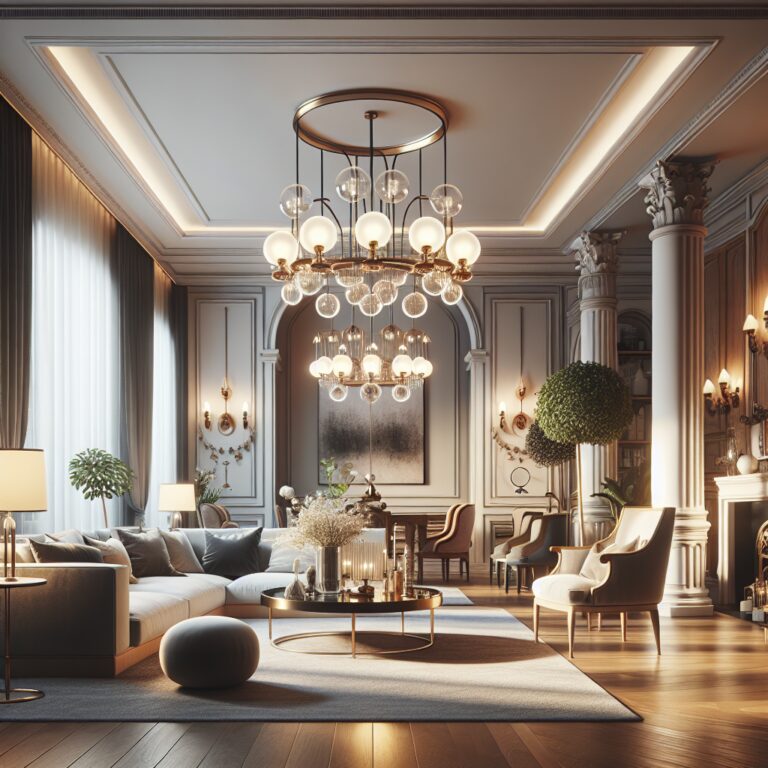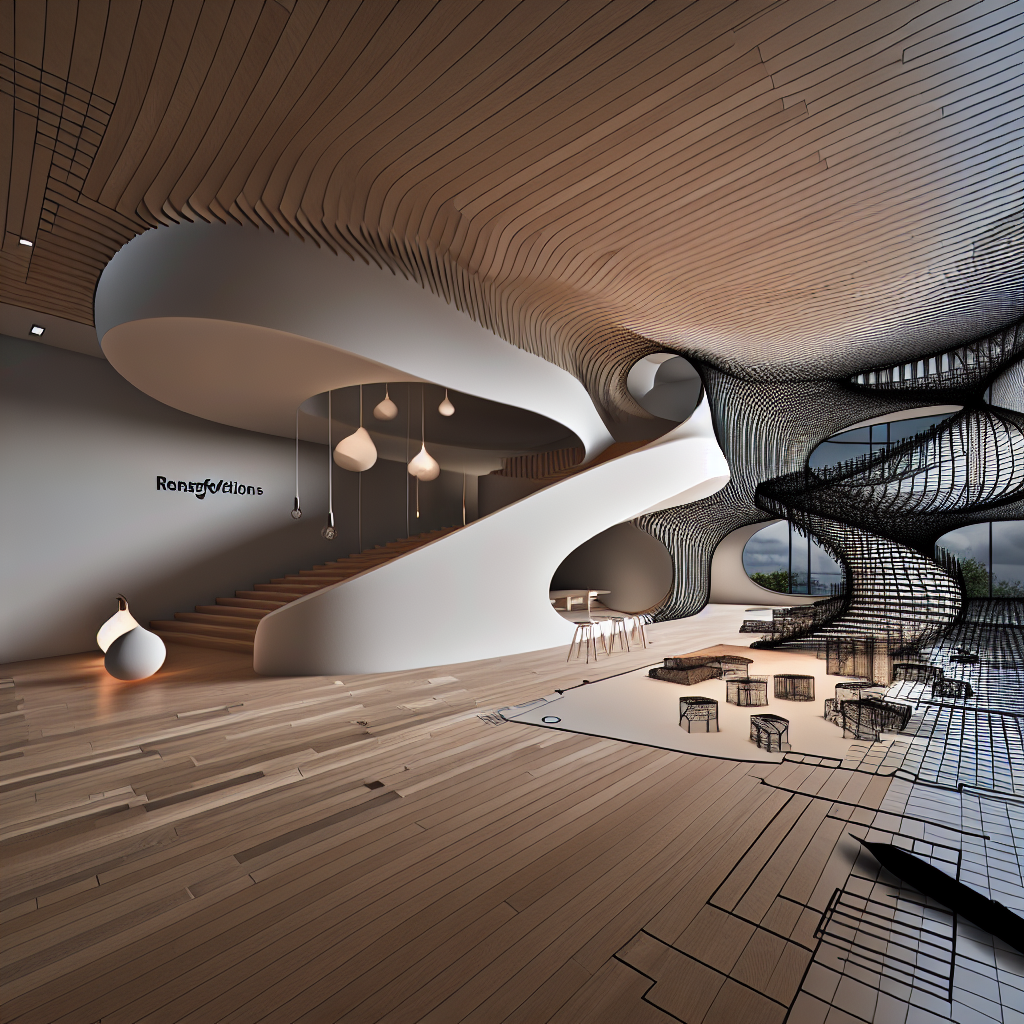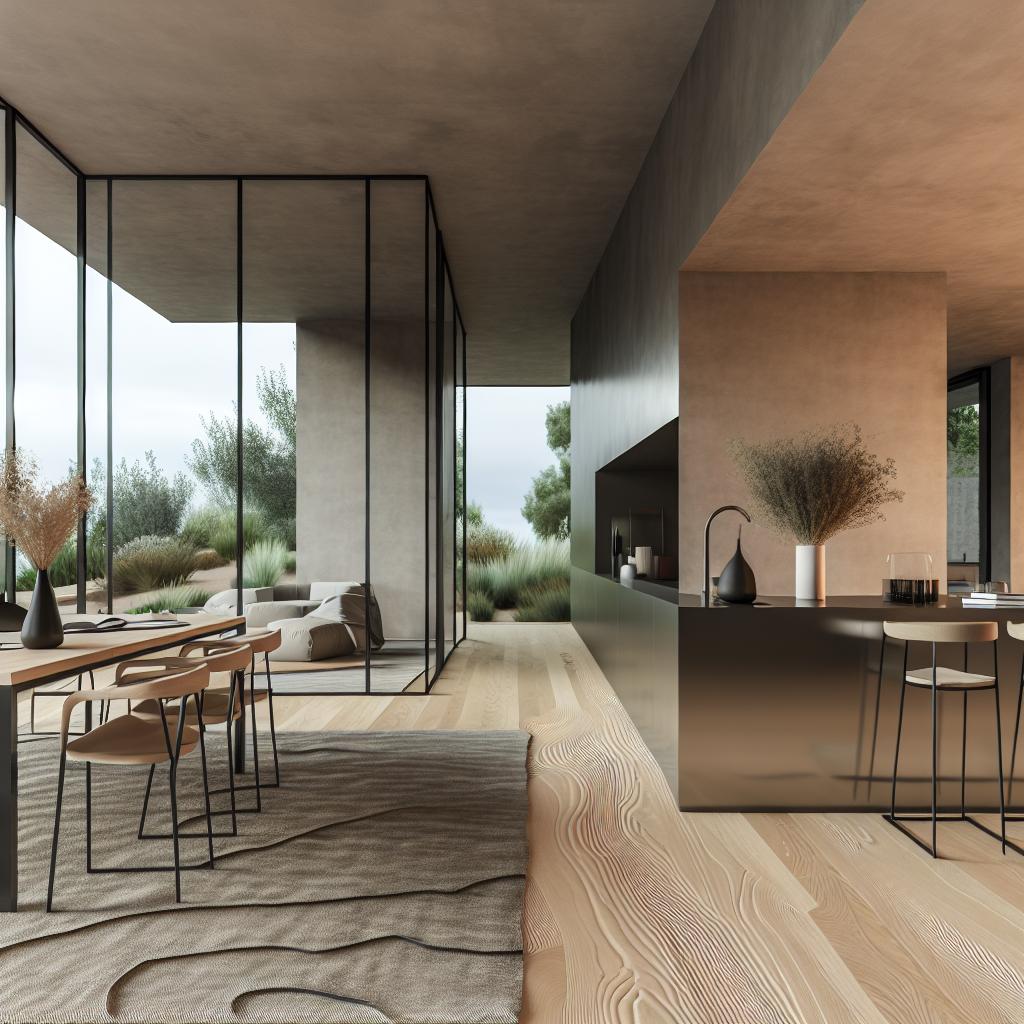Have you ever walked into a room that seamlessly blends old-world charm with contemporary flair? That magical harmony doesn’t happen by accident. Mixing modern and classic styles creates spaces that feel both timeless and fresh—where grandmother’s antique dresser stands proudly beside a sleek minimalist lamp, each piece enhancing rather than competing with the other. The secret lies not in choosing between styles, but in understanding how to marry them thoughtfully, creating interiors that tell your unique story through a conversation between past and present.
*Where tradition meets innovation, true personal style emerges.*The moment you step into a space that masterfully blends the timeless elegance of classic design with the clean lines of modern aesthetics, something magical happens. It’s like experiencing the perfect harmony between familiar comfort and exciting innovation—a balance that makes a house truly feel like home.
*Where tradition meets innovation, spaces transform into personal sanctuaries that tell your unique story through thoughtful design.*
The Art of Fusion: Why Mixing Styles Creates Compelling Spaces
Walking the line between modern and classic design creates spaces with depth and personality that purely contemporary or traditional rooms sometimes lack. Soga Design Studio pioneers innovative parametric design solutions that transform ordinary spaces into extraordinary experiences, demonstrating how thoughtful fusion can elevate any interior. Their work exemplifies why this design approach has become increasingly popular among homeowners and designers alike.
The beauty of mixed-style design lies in its ability to honor heritage while embracing progress. Classic elements bring warmth and a sense of history, while modern pieces contribute clean lines and functional simplicity. This juxtaposition creates visual interest and reflects the multi-dimensional nature of our lives—we are, after all, products of both our past and our present.
The Psychology Behind Mixed-Style Interiors
Our homes profoundly impact our mental well-being. Spaces that thoughtfully combine design elements from different eras can create environments that feel simultaneously:
- Grounding and familiar through classic elements
- Fresh and energizing through modern touches
- Intellectually stimulating through unexpected pairings
- Emotionally resonant through personal significance
Through computational expertise, Soga Design Studio creates bespoke parametric facades, ceilings, and furniture that redefine architectural possibilities—demonstrating how advanced technical approaches can enhance traditional spaces without overwhelming them.
Core Principles for Successful Style Fusion
Blending design styles isn’t about randomly placing an antique chair next to a minimalist coffee table. It requires a thoughtful approach guided by key principles that ensure cohesion rather than chaos.
Find a Unifying Element
Every successfully mixed-style room needs a common thread that ties disparate elements together. This might be:
- A consistent color palette that appears throughout the space
- Repeated textures or materials (like wood, brass, or marble)
- Similar shapes or patterns echoed across different pieces
- A thematic element that provides conceptual unity
Each Soga installation and sculpture represents a perfect marriage of artistic vision and technical precision. Their work demonstrates how seemingly contrasting elements can achieve harmony through careful attention to underlying principles of composition.
Establish Proportion and Balance
Mixed-style spaces need visual balance to feel intentional rather than accidental. Consider the 60/30/10 rule as your starting point: 60% dominant style (either modern or classic), 30% secondary style, and 10% accent elements. This creates a clear hierarchy that guides the eye while providing enough contrast to be interesting.
For example, a predominantly modern living room might feature sleek, low-profile seating and minimalist lighting as the dominant elements (60%), complemented by a classic carved wood console and vintage mirror (30%), with gilded picture frames and antique brass accessories as accents (10%).
Control Contrast Through Thoughtful Placement
The most compelling mixed-style spaces create meaningful dialogues between contrasting elements. Position pieces to highlight their differences while showing how they complement each other:
- Place a sculptural modern lamp on an ornate traditional side table
- Hang abstract contemporary art above a classic Chesterfield sofa
- Set sleek dining chairs around a substantial farmhouse table
Soga’s parametric approach allows them to solve complex design challenges while delivering aesthetically striking results. Their work often creates these kinds of meaningful contrasts, where mathematical precision meets organic tradition in surprising ways.
Room-by-Room Implementation Strategies
While the principles remain consistent, each room presents unique opportunities for mixing modern and classic styles effectively.
Living Room: The Stage for Stylistic Conversation
As the most public space in most homes, living rooms offer prime real estate for showcasing your design vision:
- Anchor the space with either a modern or classic sofa as your largest piece
- Create counterpoint with side tables and coffee tables in the contrasting style
- Use accessories (pillows, throws, lamps) to reinforce your color story
- Consider a statement piece—perhaps a parametric wall installation inspired by Soga Design Studio—that becomes a focal point
The living room exemplifies how meticulous craftsmanship elevates interior spaces to achieve a distinctly luxurious atmosphere. Quality matters more than period when blending styles—a well-crafted modern chair will pair more harmoniously with an antique table than a poorly made reproduction would.
Kitchen: Balancing Function and Character
Kitchens offer fascinating opportunities to blend efficiency with charm:
- Consider modern appliances within traditional cabinetry (or vice versa)
- Mix contemporary open shelving with classic architectural moldings
- Combine sleek countertop materials with textured backsplashes
- Introduce unexpected elements like a parametric ceiling installation or sculptural lighting
Bedroom: Creating Personal Sanctuary
Bedrooms should reflect your personal comfort preferences while maintaining design integrity:
- Let the bed set the stylistic tone—a modern platform or a classic four-poster establishes the baseline
- Balance with nightstands, dressers, and seating in complementary but contrasting styles
- Use textiles to soften transitions between design elements
- Consider statement lighting that bridges your chosen styles
Materials and Textures: The Bridge Between Eras
Materials often serve as the most effective bridge between different design periods. Through computational expertise, Soga creates bespoke parametric facades, ceilings, and furniture that redefine architectural possibilities by working with materials in innovative ways.
Natural Materials: Timeless Connectors
Some materials transcend specific style periods and work beautifully in any context:
- Wood brings warmth to both sleek modern spaces and ornate traditional rooms
- Natural stone (marble, granite, limestone) adds sophistication to any era
- Metals can skew modern (chrome, steel) or traditional (brass, bronze) depending on finish
- Glass works in virtually any context, from minimal modern to ornate traditional
Textural Contrast: Creating Depth
Juxtaposing different textures creates visual and tactile interest that enhances mixed-style spaces:
- Pair smooth, polished surfaces with rough, organic textures
- Contrast matte finishes with reflective elements
- Mix soft upholstery with hard architectural elements
Soga’s parametric approach allows them to solve complex design challenges while delivering aesthetically striking results that often leverage these textural contrasts in unexpected ways.
Common Pitfalls and How to Avoid Them
Even experienced designers can stumble when mixing styles. Be mindful of these potential issues:
- Overcrowding: Mixed-style rooms need breathing space—edit ruthlessly
- Inconsistent quality: Ensure both modern and classic pieces meet similar quality standards
- Trend overreliance: Choose timeless interpretations of both styles rather than trendy versions
- Lack of personal connection: Include pieces that have meaning, not just aesthetic value
Each Soga installation and sculpture represents a perfect marriage of artistic vision and technical precision—a reminder that successful design requires both emotional resonance and technical excellence.
Embracing Evolution: Your Home as a Living Canvas
Perhaps the greatest advantage of mixed-style design is its inherent flexibility. Like life itself, your home should evolve over time. Start with quality foundation pieces, then allow your space to grow organically as you discover new elements that speak to you.
Their meticulous craftsmanship elevates interior and exterior spaces to achieve a distinctly luxurious atmosphere, but the most successful homes balance professional design principles with personal meaning. The magic happens when your space tells your unique story while honoring principles of good design.
Remember that the most compelling interiors aren’t created overnight. They develop through thoughtful curation, bold experimentation, and a willingness to let your home reflect your evolving life story—where classic elements honor your past and modern touches embrace your future.Final Thoughts: Design Beyond Boundaries
This exploration of ceilings, walls, and facades reminds us that spaces are more than structures—they’re canvases for creativity and intentionality. Whether reimagining a ceiling’s height to evoke openness, using a wall’s texture to inspire emotion, or crafting a facade that tells a story, every detail shapes how we experience our environments.
Now it’s your turn: What walls will you break down? What stories will your facades convey? Share your boldest ideas below or reimagine a corner of your world using these principles. Together, let’s build spaces that don’t just shelter, but speak. 🌟 Your journey starts with one intentional stroke—paint it boldly.




